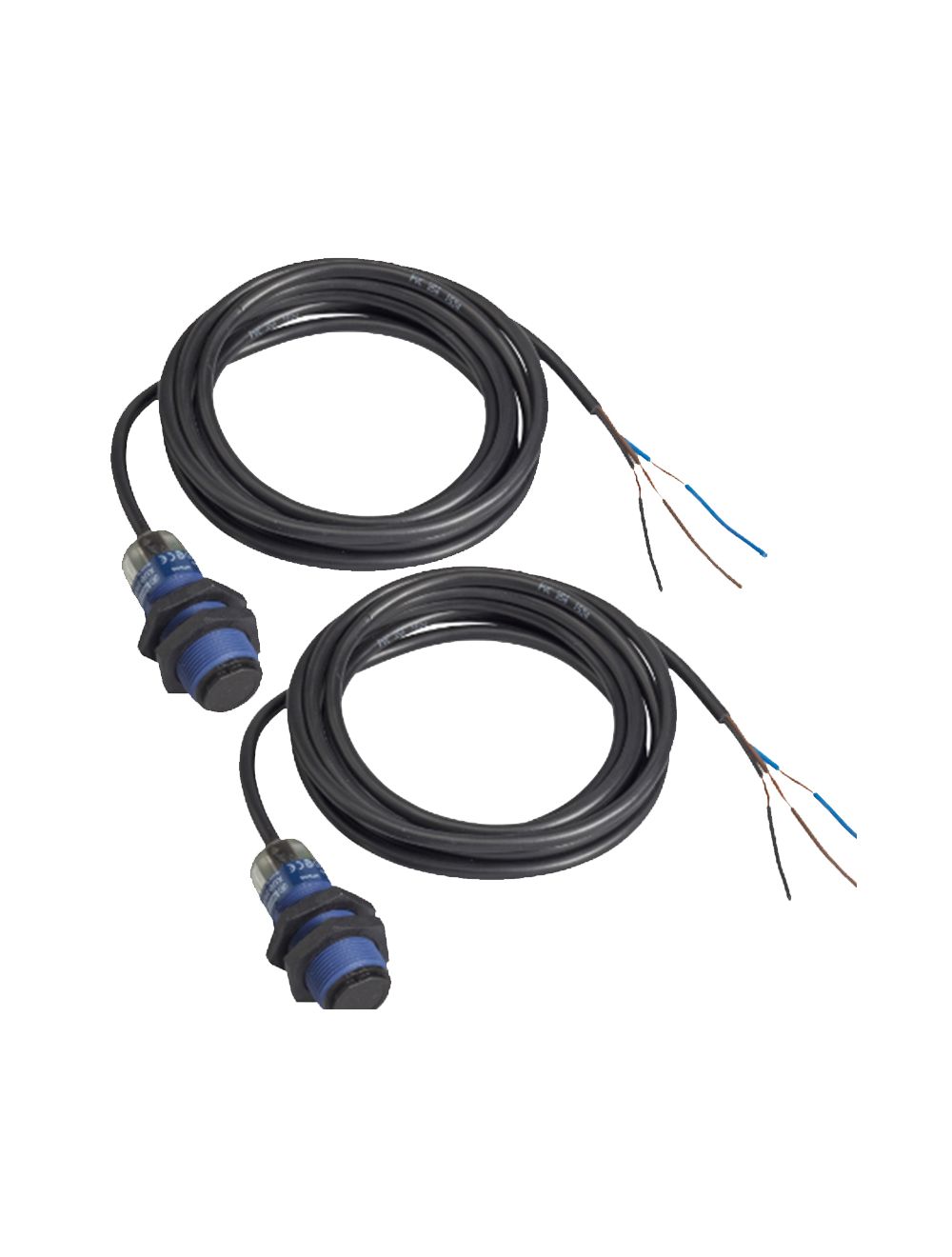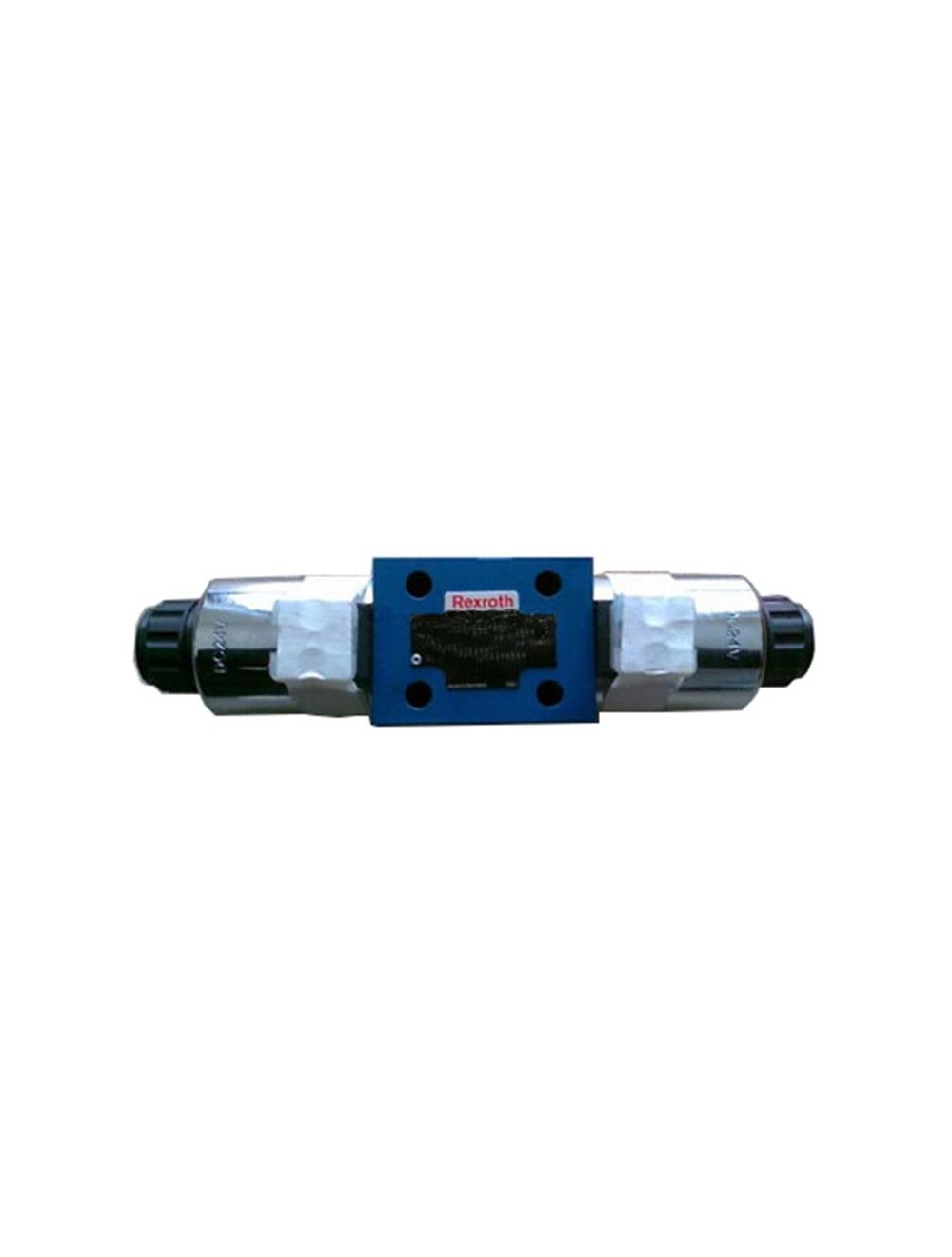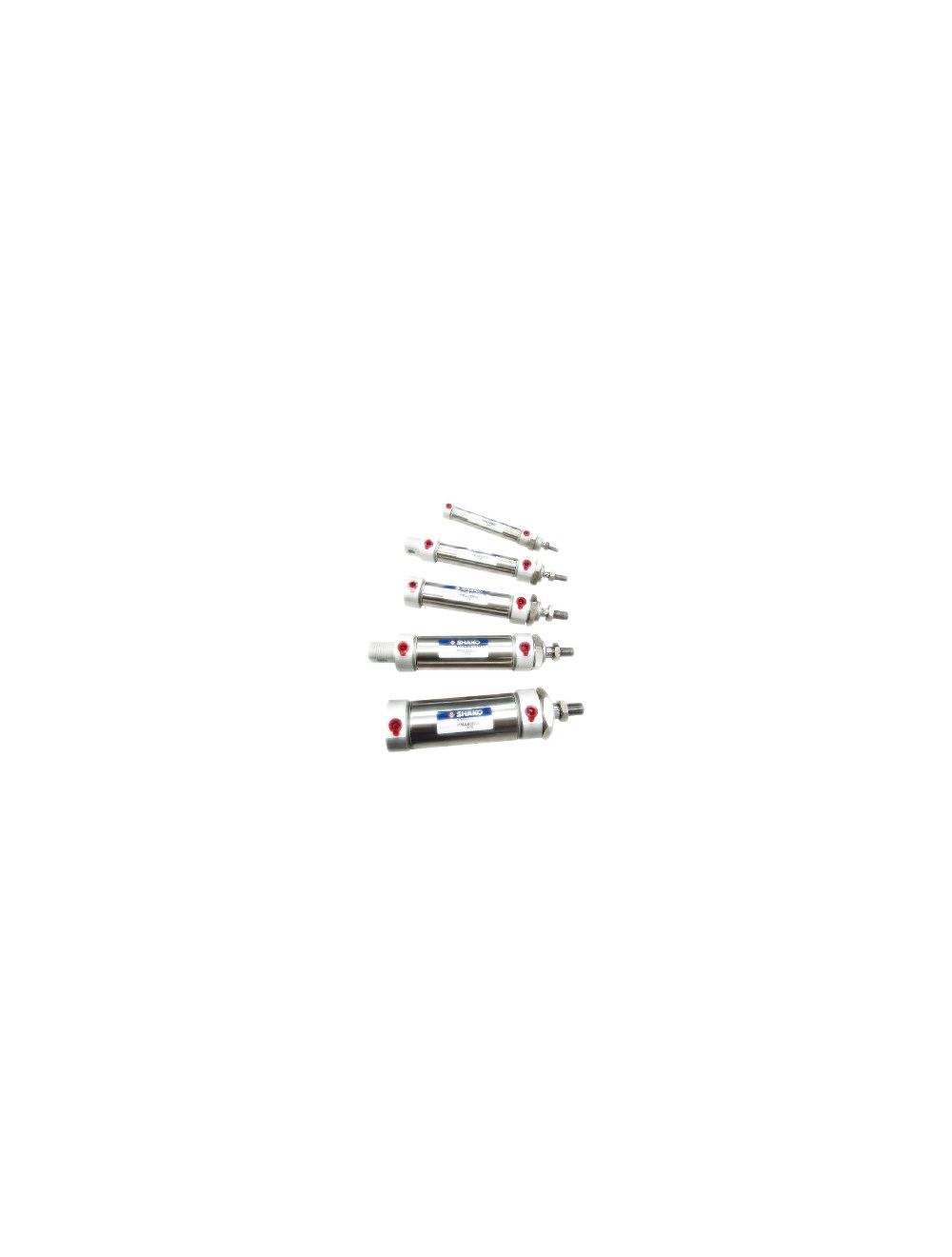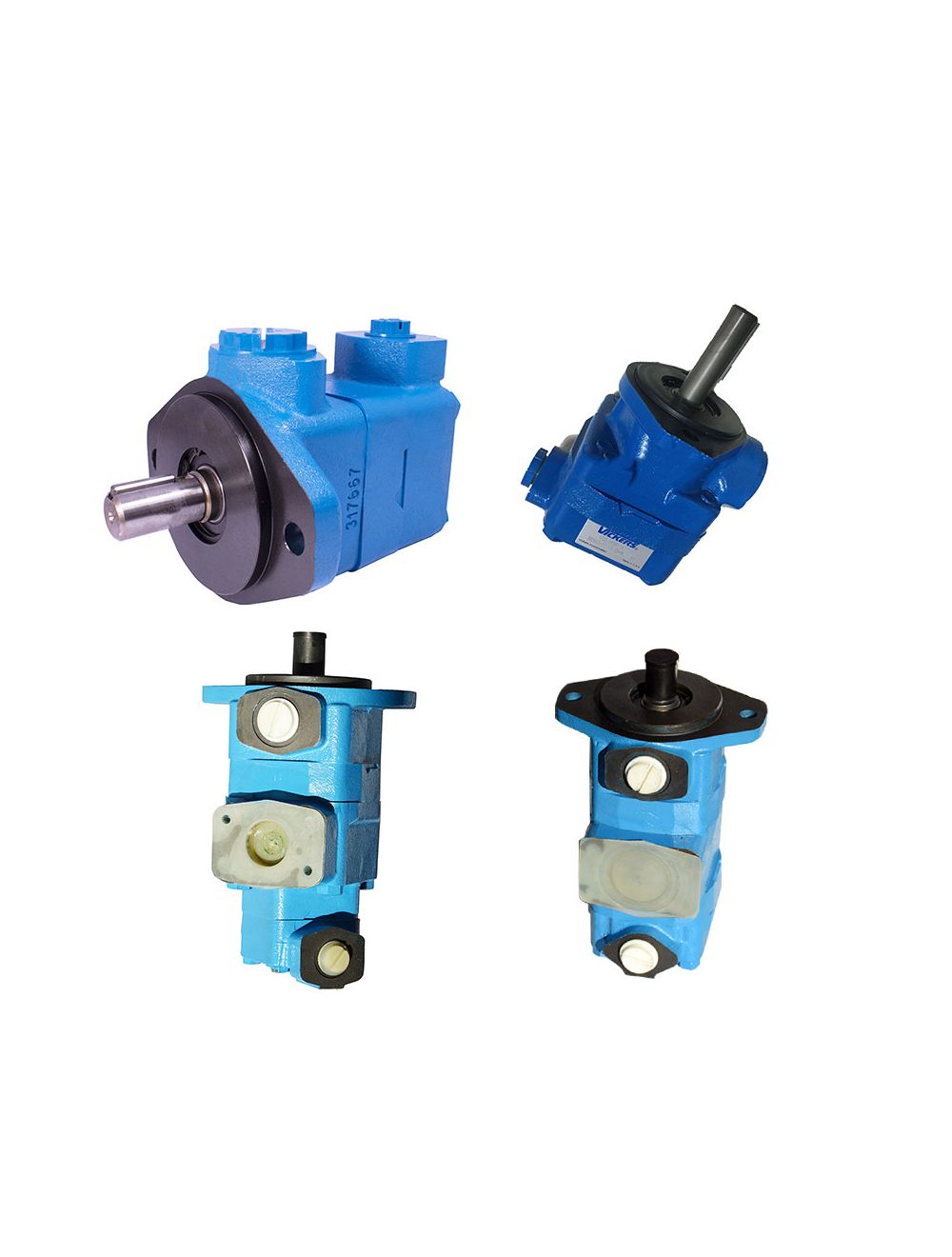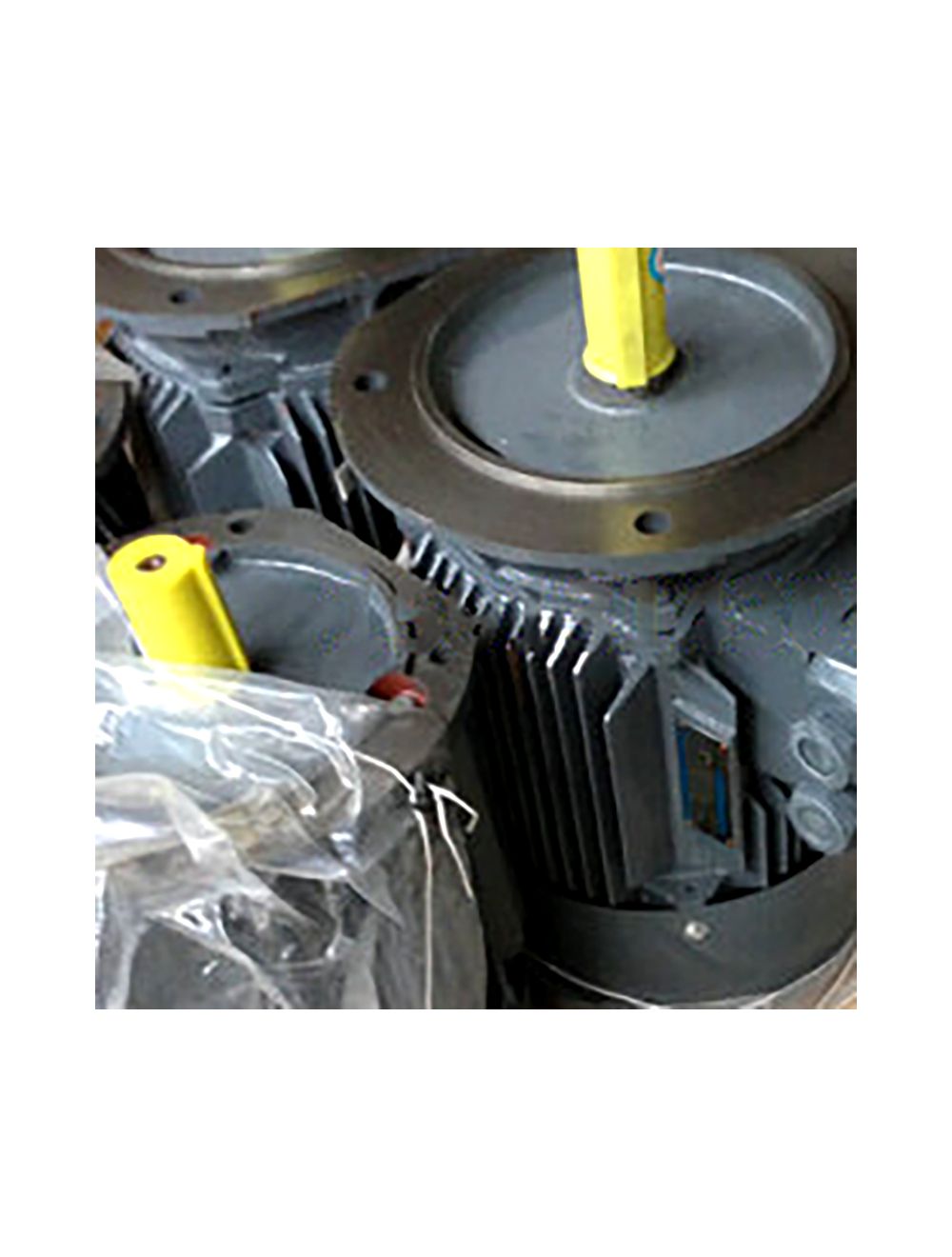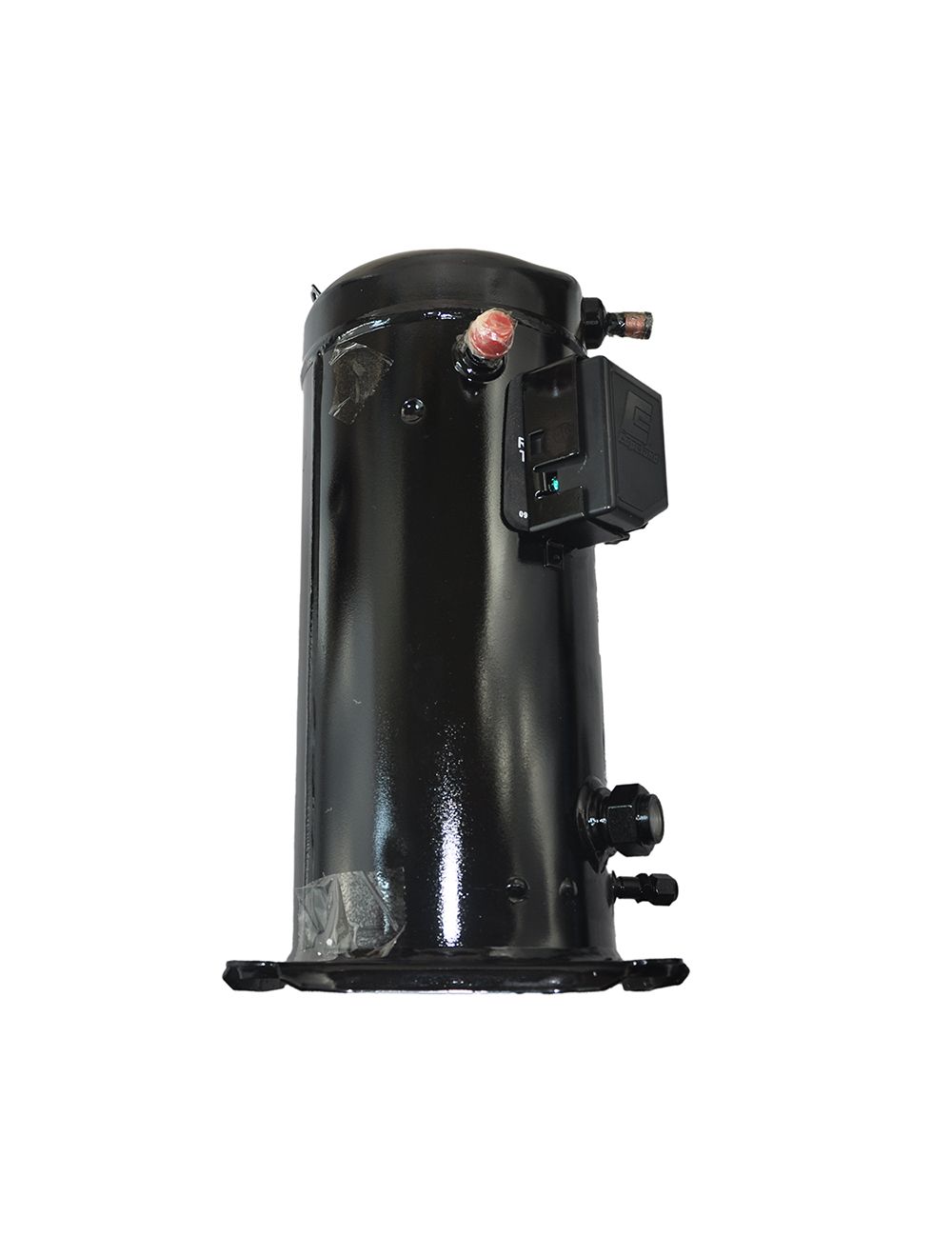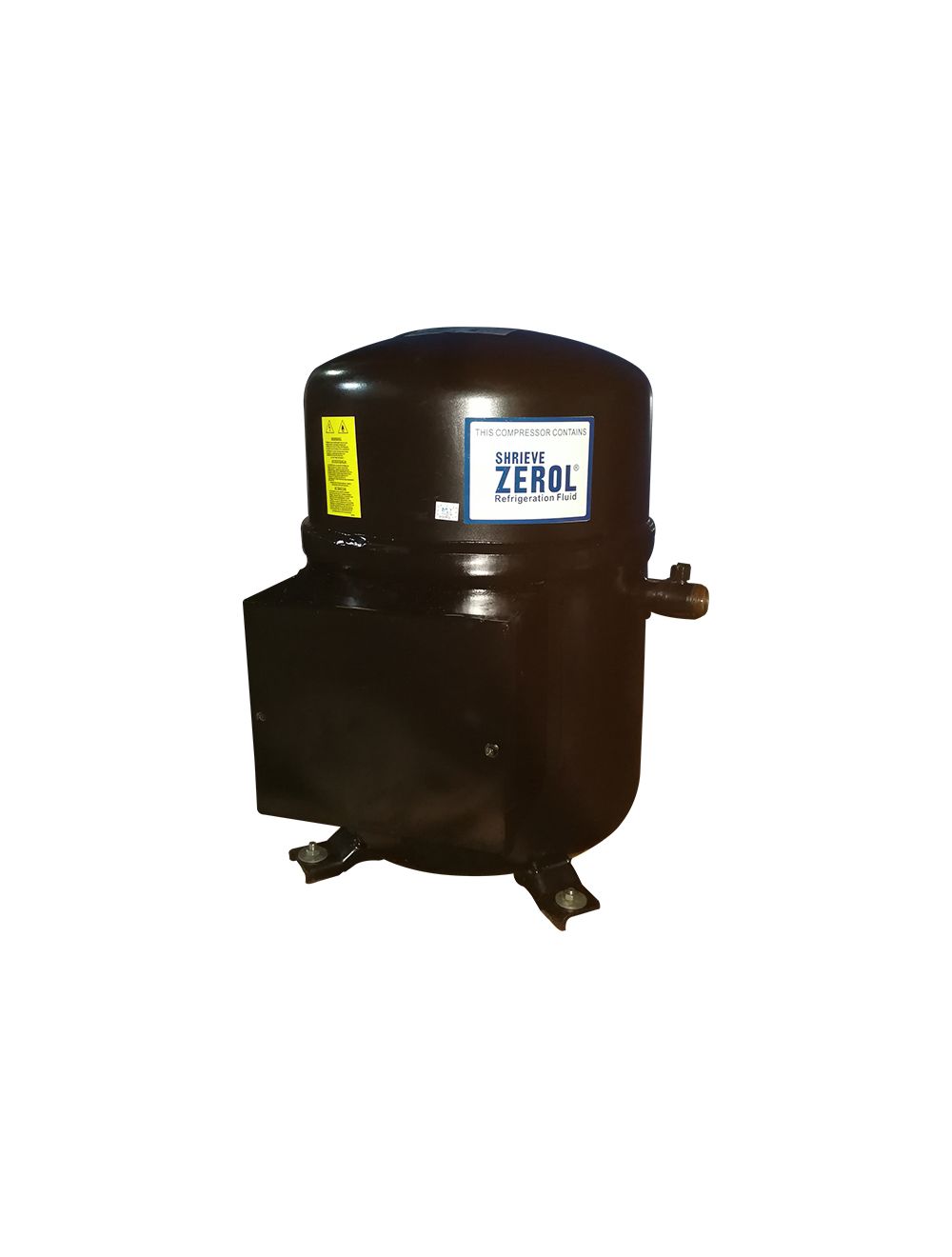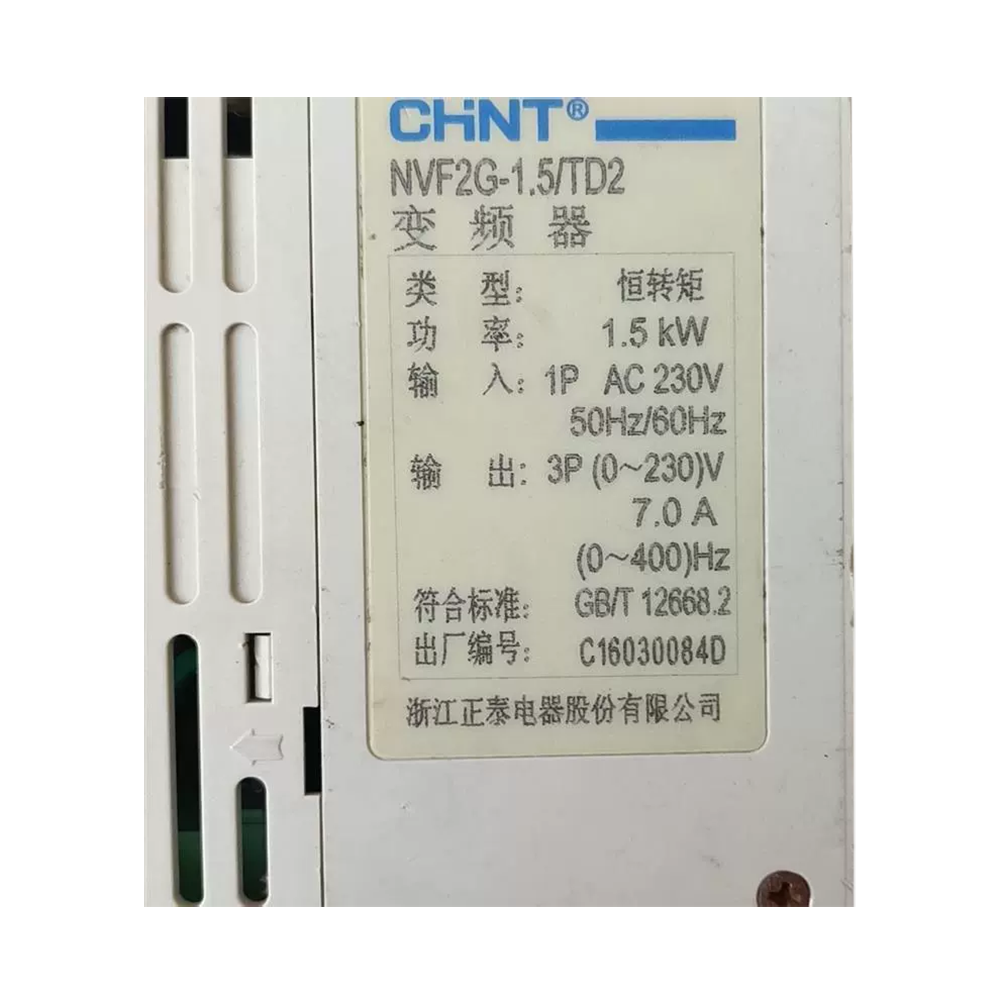The core problem of compressor oper
How to check the air tightness of refrigeration equipment correctly
The refrigeration equipment is kept under a proper vacuum for a certain period of time. Whether the reading of the vacuum pressure gauge changes to reflect and observe whether the air penetrates into the system to check the sealing performance of the system. This test must be carried out for refrigeration systems whose evaporating pressure gauge is close to or below atmospheric pressure. Vacuum test usually has the following two methods:
1. Use an external mechanical vacuum pump for vacuum leak testing. This method is generally used at small cold storage equipment. The specific steps are as follows:
(1) Unscrew the fine thread screw plug of the channel for the suction stop valve counterclockwise, and turn the suction stop valve stem clockwise several times to make the suction stop valve in a three-way state;
(2) Connect the vacuum pump and the multi-purpose interface on the suction shut-off valve with a soft connection pipe with a three-way repair valve and a vacuum pressure gauge;
(3) Open all valves in the system (including solenoid valves and manual valves, etc.);
(4) Turn on the power of the vacuum pump and vacuum the system until the reading of the vacuum pressure gauge reaches -0.1MPa. After a suitable time, turn the suction stop valve stem counterclockwise to exit and tighten;
(5) Keep for 18~24h, if the vacuum degree does not change, the refrigeration system vacuum test is considered qualified.
2. Use the compressor in the system to conduct a self-vacuum test. For larger refrigeration systems, this method is usually used to conduct a vacuum test. The compressor in the system is used for self-vacuum. The specific operation steps are as follows:
(1) First, select the exhaust shut-off valve stem clockwise to the end to make the system lose the circulation channel at the compressor exhaust port.
(2) Unscrew the fine thread screw plug of the multi-purpose channel of the exhaust stop valve counterclockwise to make the exhaust port communicate with the atmosphere.
(3) Open all valves in the system.
(4) Short-circuit the contacts of the low-voltage relay, temporarily remove the protection function (must be restored afterwards).
(5) Start the compressor to discharge the air in the system into the atmosphere (the suction valve of the compressor should be opened slowly to prevent the gas in the system from being too late to discharge, resulting in excessive discharge pressure and high pressure protection, etc.).
(6) Observe the vacuum gauge on the low pressure side until the reading of the vacuum pressure gauge reaches -0.1MPa. After a suitable period of time, turn the exhaust shut-off valve stem out and tighten it.
(7) Keep it for 18~24h, if there is no change in vacuum, it is qualified.
Attention should be paid during the test:
1.When self-evacuating the pressure lubrication compressor refrigeration system, the contact of the oil pressure relay should be temporarily forcibly connected;
2. The self-evacuating time cannot be too long, otherwise the moving parts of the compressor will be prone to greater wear and metal fatigue if working at higher temperatures for a long time;
3. In the self-vacuum test, connect a hose to the exhaust port, insert the other end of the hose into the oil, and observe the escape of bubbles on the oil surface. If no bubbles escape for a long period of time, the vacuum can be stopped, and the vacuum degree is qualified after 24 hours. If the air bubbles persist for a long time, first close the compressor suction valve and check whether the compressor itself leaks. If there are no air bubbles in the oil, it means that the compressor itself does not leak, and there are leaks in other parts of the system; daily air bubbles continue to be produced , Which means that the compressor sucks music, which is often caused by the imperfect shaft seal.

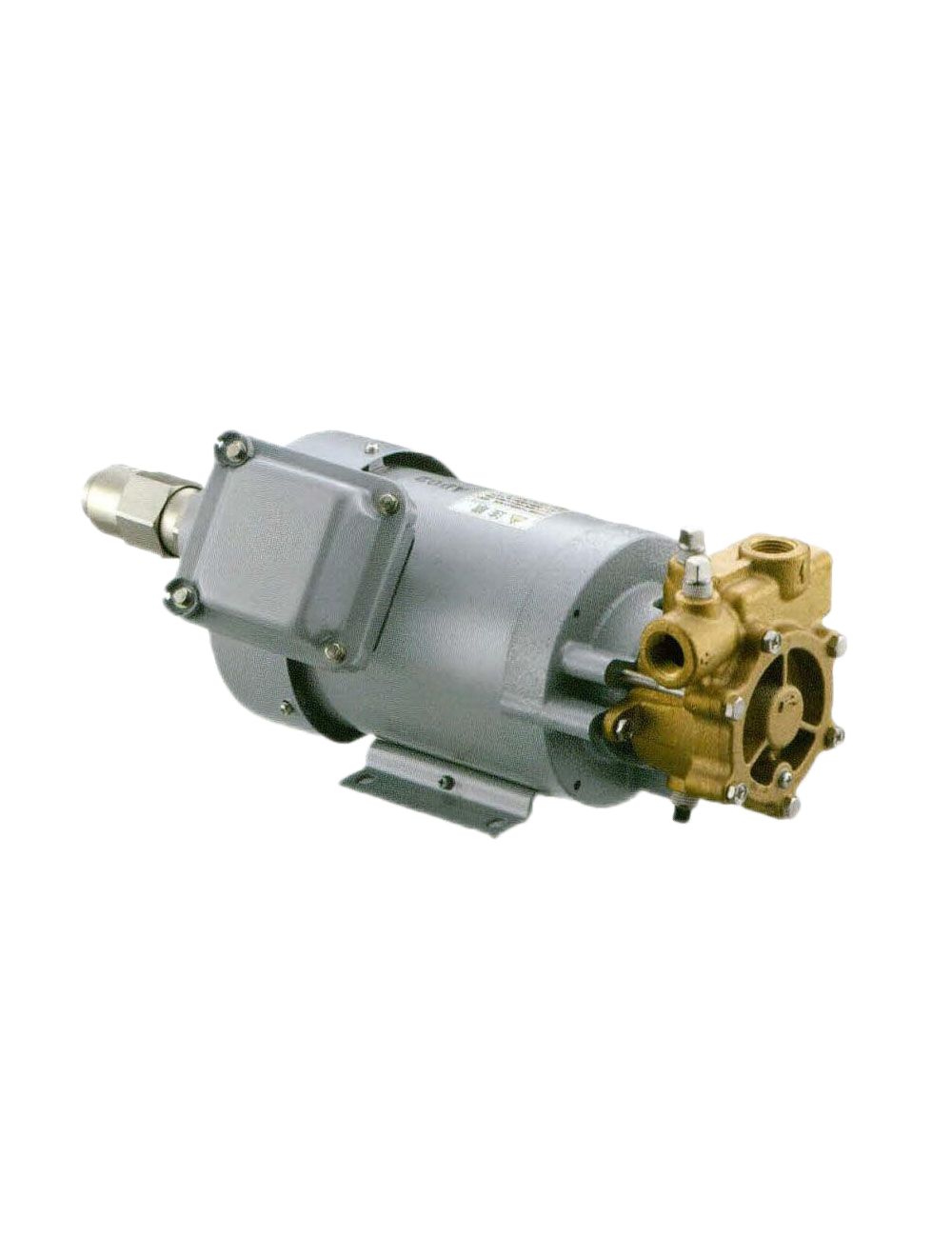

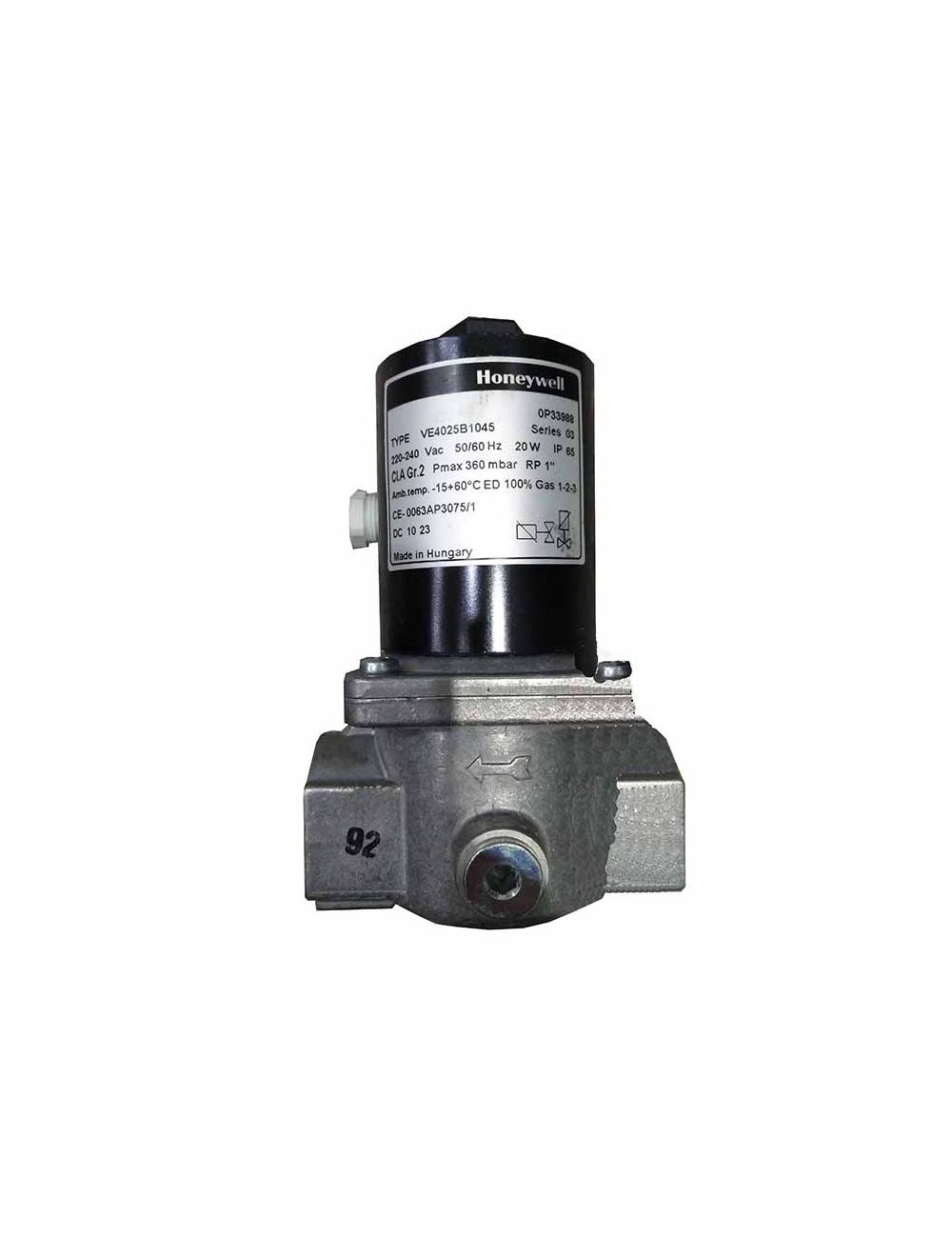
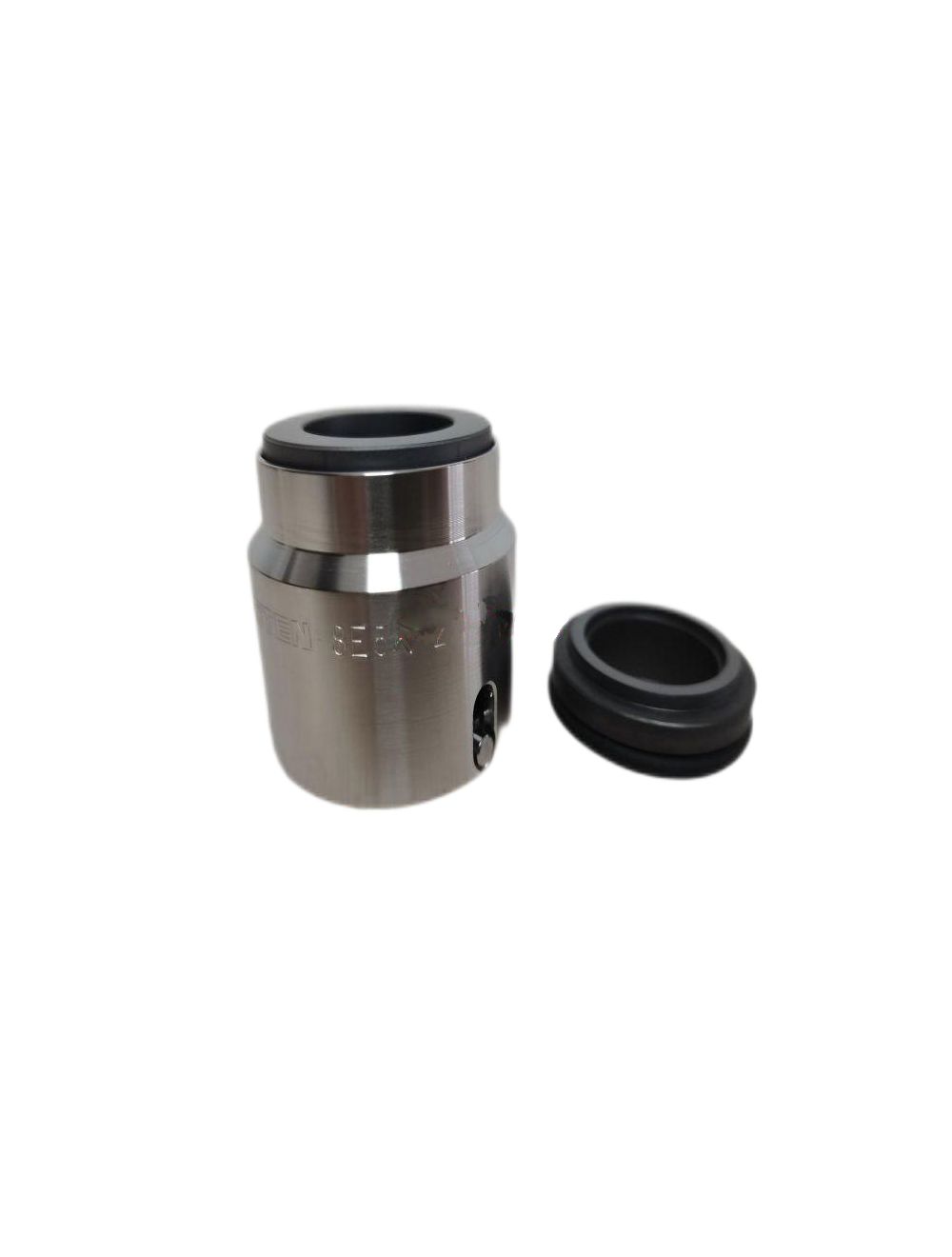
FNhAa-A3/Gree-Air-Conditioner-KFR-72LW-(72534)FNhAa-A3.jpg)
